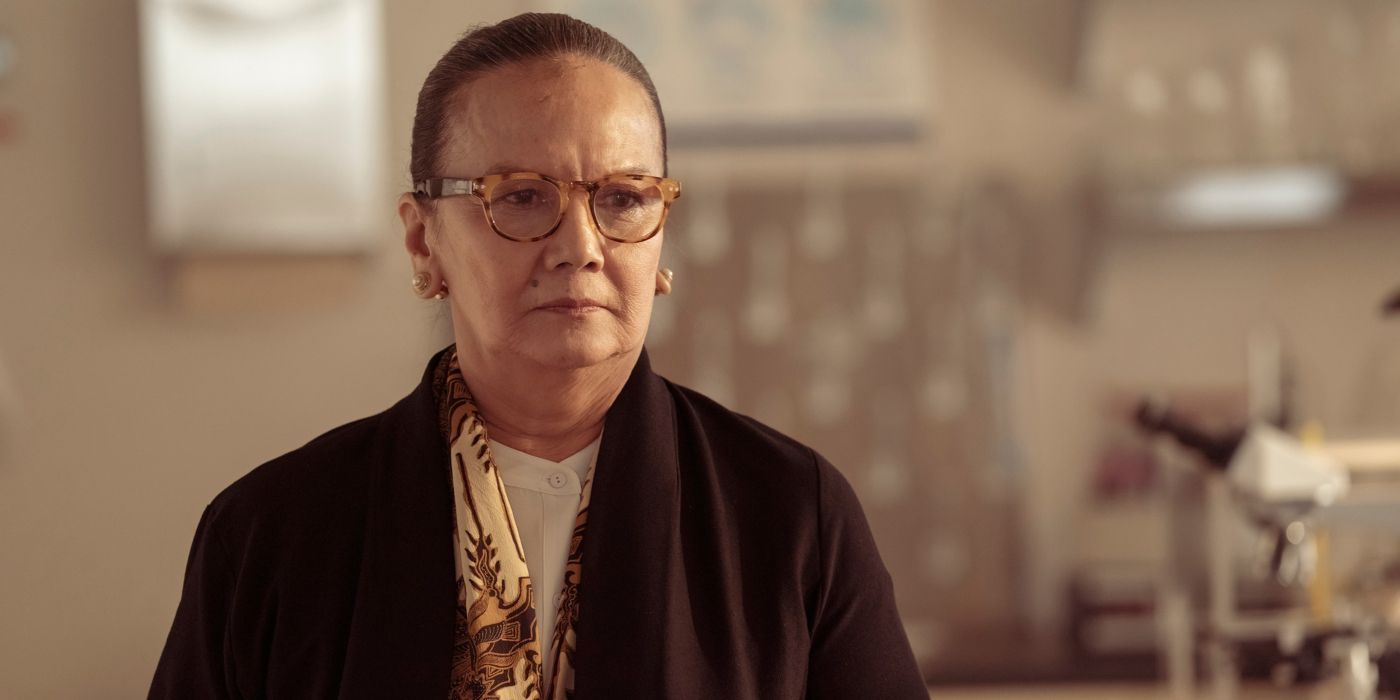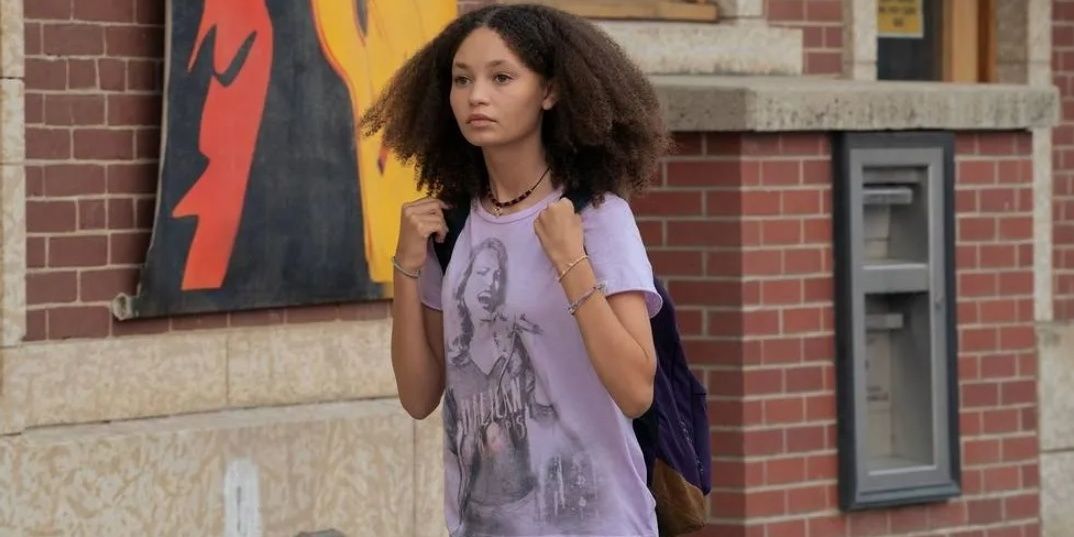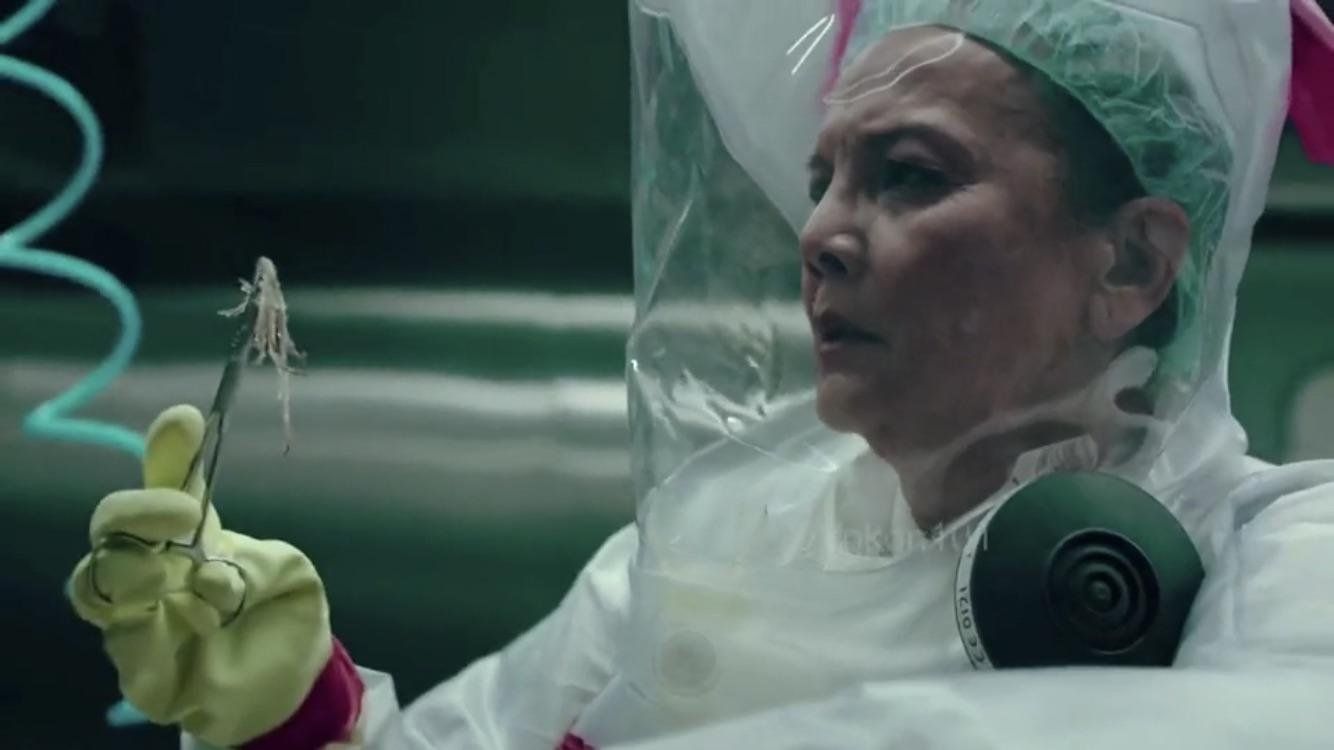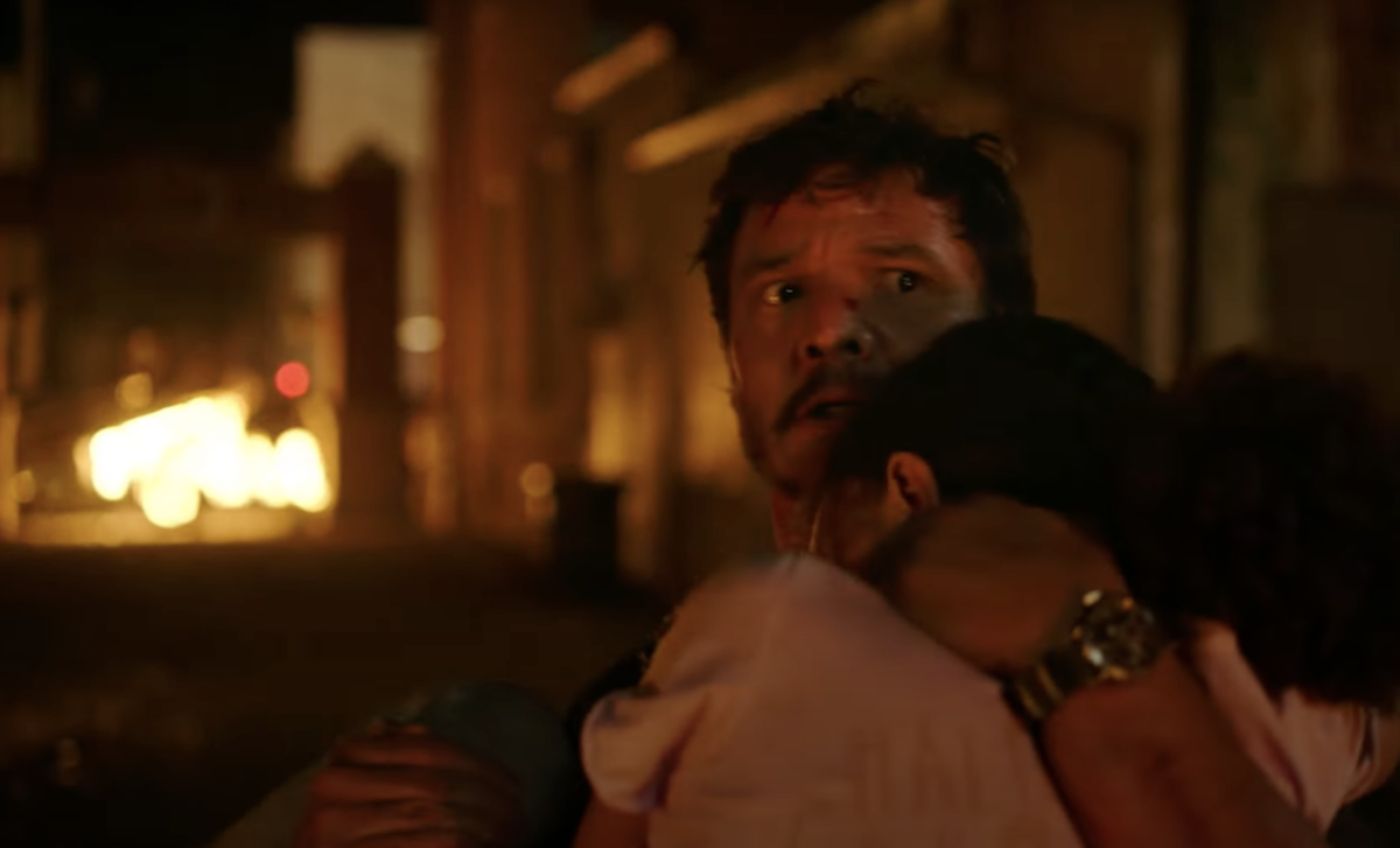Editor's note: The below contains spoilers for Episode 2 of The Last of Us.
Nearly 10 years after its initial release back in 2013, fans of The Last of Us have looked for any scrap that they could find when it comes to information about the game's cordyceps infection. As evidenced by last week's episode, the game begins largely in the same way as the television show, as we start nearly right when the outbreak begins, leaving not much room to learn about a potential starting ground zero for the infection. However, co-creators Neil Druckmann and Craig Mazin have both shown that they aren’t afraid to deviate and expand on the original source material, as the premiere for the series actually ended up giving us more information than we might have even previously thought, and as the show's second episode continues to explore.
Could Contaminated Flour Have Caused the Cordyceps Outbreak in 'The Last of Us'?
The cold open to the series’ second episode is probably one of the most important scenes as far as Last of Us lore is concerned, as it gives insight into how the virus originated. As audiences saw earlier in Episode 1, there was a strong avoidance of one particular food ingredient: flour. It might not be the easiest fact to catch for viewers on a first watch, but when looking back it becomes quite apparent that there are possible traces of one particular item that could have caused the outbreak.
There are multiple instances of food items including flour that pop up in the first 30 minutes alone, and they all happen to not be ingested by our three main protagonists in that opening. The three mentions include Sarah (Nico Parker) not being able to make pancakes because she doesn't have any mix left for Joel’s (Pedro Pascal) birthday breakfast, Joel not taking the neighbor's biscuits when offered, and Sarah declining to eat raisin cookies when she heads over to her neighbor’s house after school.
On top of these three individual incidents, a possible contamination of flour is also hinted at heavily in the first episode of the show’s follow-up podcast. In the first episode of the podcast, which is hosted by Joel’s in-game actor, Troy Baker, Mazin himself talked about potential “breadcrumbs” throughout the premiere in regard to the infection’s origin. The cold open to the series' second episode continues to lend credence to this theory, as we see when we're taken to Jakarta before the outbreak occurs. A mention of a worker biting another person at a flour and grain factory raises a red flag, as the previous theories in regard to the potential of the infection spreading via the powder seem to become more plausible as time goes on.
Episode 2 of 'The Last of Us' Gives Audiences a Mini-Episode of 'Chernobyl'
Fans of Mazin and HBO’s highly lauded Chernobyl will have a lot to be happy about when it comes to the cold open of Episode 2 of The Last of Us. Viewers of both shows should be able to easily identify that the creator of that miniseries is directly involved in the writing of this show when watching the opening, as the fingerprints of his previous effort are clearly evident. The latest episode starts in Jakarta, the capital of Indonesia on September 24, 2003, two days before the outbreak in Austin, TX that we saw in the premiere. This alone is already more information than what those who have played the game were initially given.
Audiences are given a frightening, almost procedural look into the government’s recruitment of the mycologist (a scientist who works with fungi) Ibu Ratna, played wonderfully by Christine Hakim, as she quietly eats her lunch in a restaurant. With our knowledge of the previous episode and the events that are about to unfold, there’s already a chilling air that permeates throughout when we see a handful of soldiers walk in and escort her away. We're already well aware of what she’s potentially being taken to see, but there’s still a sense of dread that resonates throughout the entire scene. This is almost a direct parallel to Chernobyl in the way that we see government officials bringing in a scientist of that particular field to assess what is an already dire situation. It was that aspect of Chernobyl which worked so well, and Mazin’s influence and writing continue to clearly carry over just as effectively to The Last of Us.
When she finally ends up seeing the infected, we hear that her solution to containing the outbreak is to bomb the city, it's a defining moment; rather than to try and assess the situation and plan for potential cures and vaccines, she knows that the best possible chance of saving the human race is to sacrifice millions of people. It’s one of the most chilling scenes that the show has delivered so far, and highlights the mastery of which Mazin already has with the source material, as he continues to showcase his skill at channeling these terrifying quiet moments that he so expertly has a handle on.
'The Last of Us' Fans Get the First Real Information About a Potential Ground Zero
Similarly to how the first episode began, the second episode of The Last of Us diverts from its source material quite a bit. In the series premiere, we quickly hear a mention of disturbances in Jakarta, which rings alarms of it being the possible basis for the infection. The show’s second episode takes it even a step further, as we get to see one of the most important additions that end up giving viewers something completely absent from the original game: a look into ground zero for the outbreak. In addition to that, there’s also a possible explanation given as to where the Cordyceps infection came from.
Those familiar with the game are well aware that there are mentions of ground zeros for other areas in major cities, such as a certain hospital in The Last of Us Part II. However, nothing in the series has given the player information in regard to which country or city the infection actually originated. In a familiar way how both Mazin and Druckmann gave audiences a potential explanation as to how fungi could evolve to possibly infect humans in that chilling cold open in its first episode, they continue to use the show as a way to expand the lore of the Cordyceps infection.
As fans of the game have already seen in only two episodes, the adaptation of Naughty Dog’s The Last of Us isn’t afraid to revise and add to its source material. Those who have followed the series for almost a decade have been wondering about ground zero and the potential cause of the Cordyceps infection. To be given that information in such a compelling manner through the opening of this episode leaves you wondering what else Mazin and Druckmann could expand upon in the show’s nine-episode run.
The Last of Us premieres new episodes every Sunday on HBO and HBO Max.




